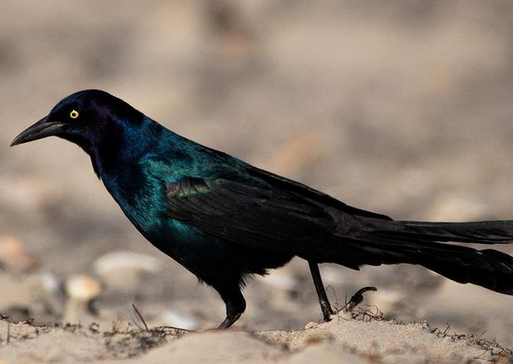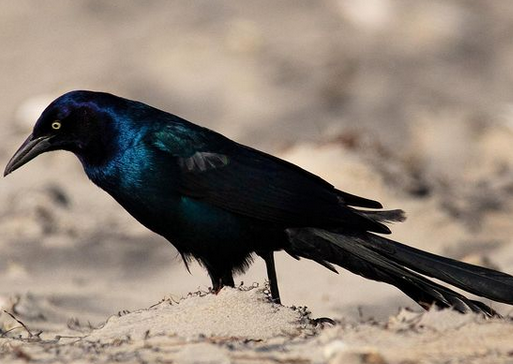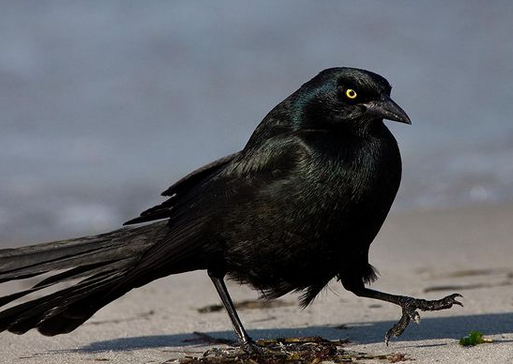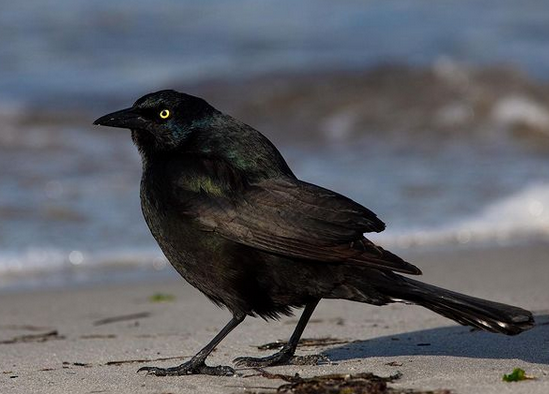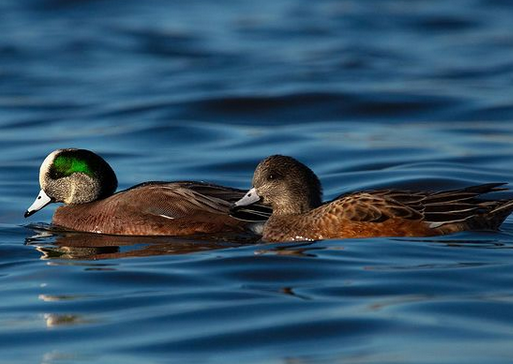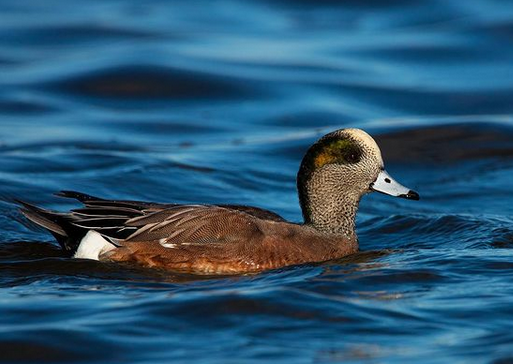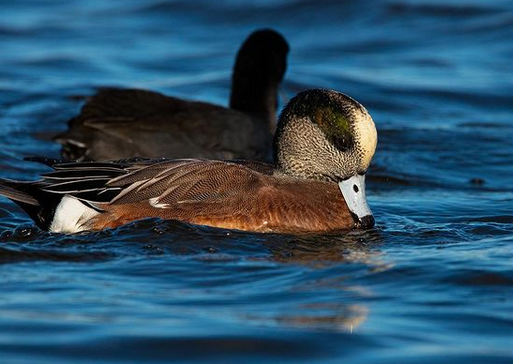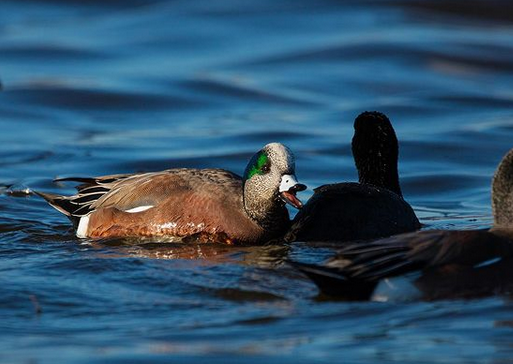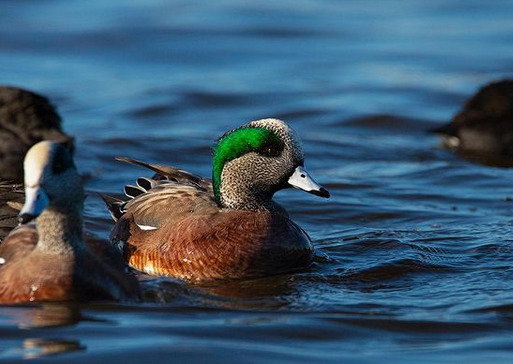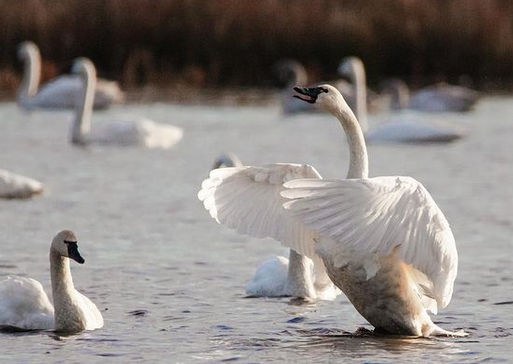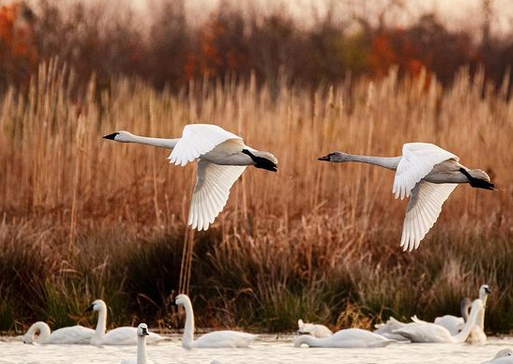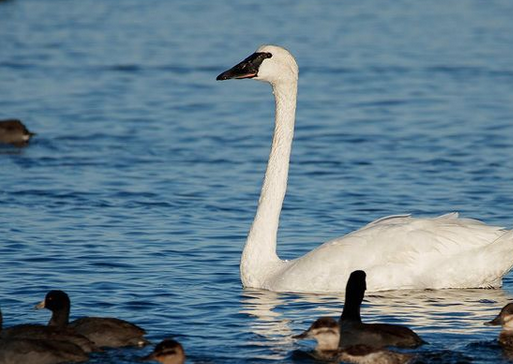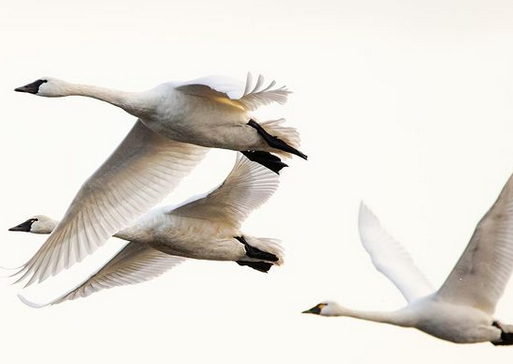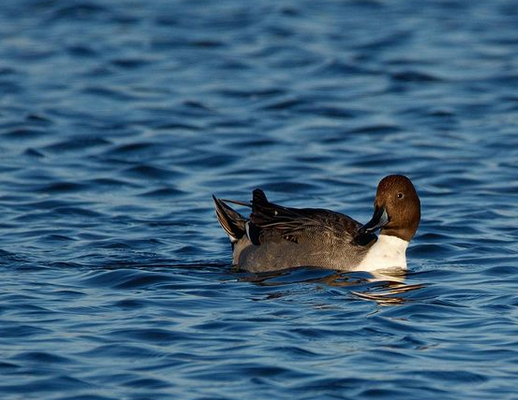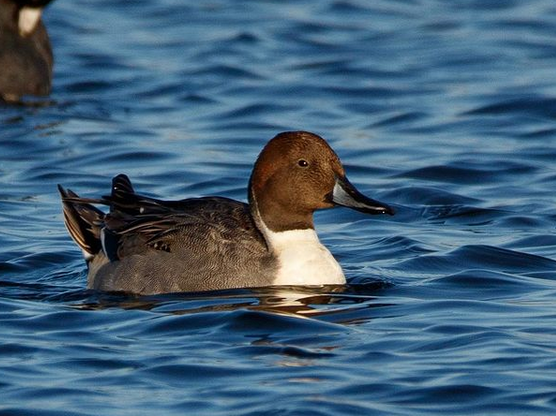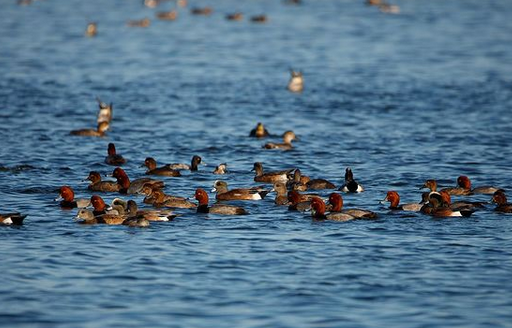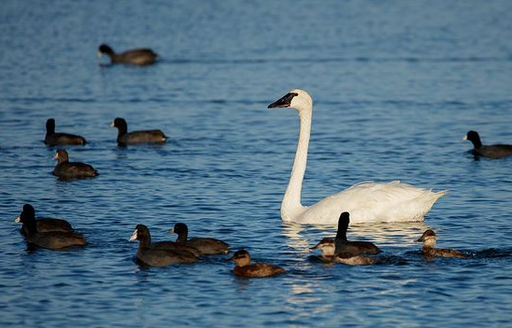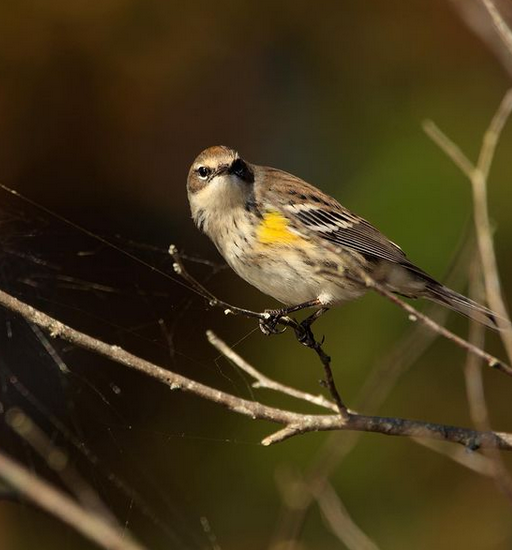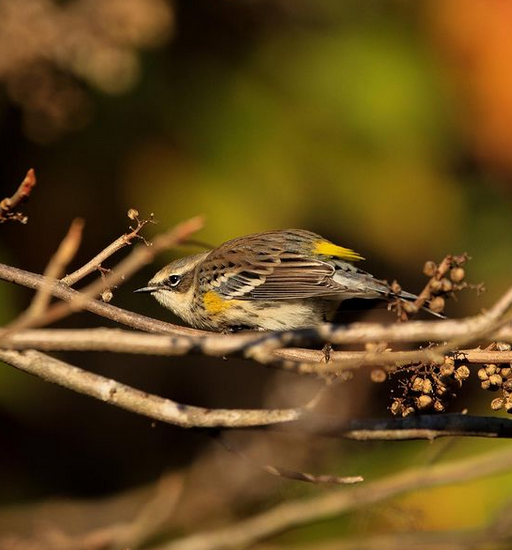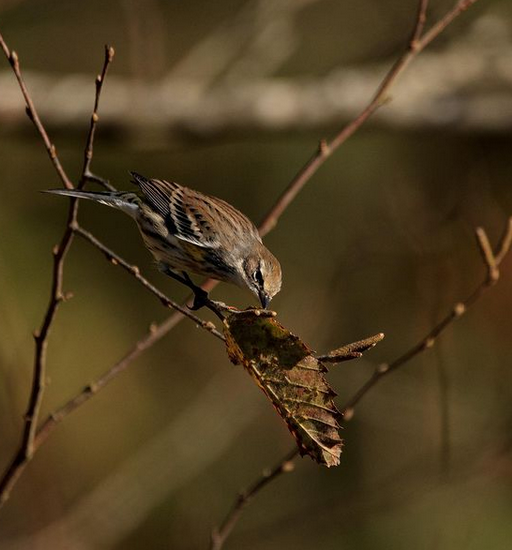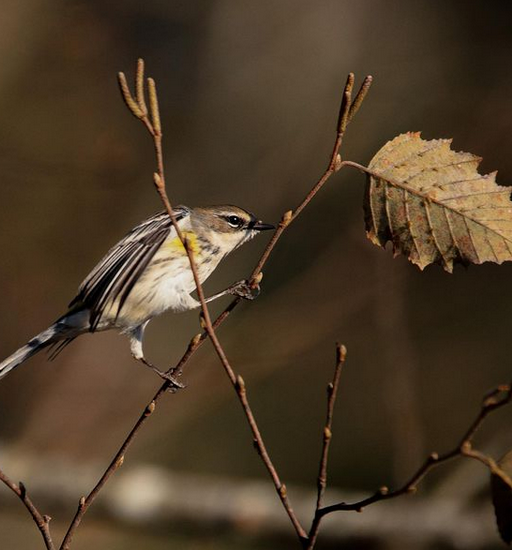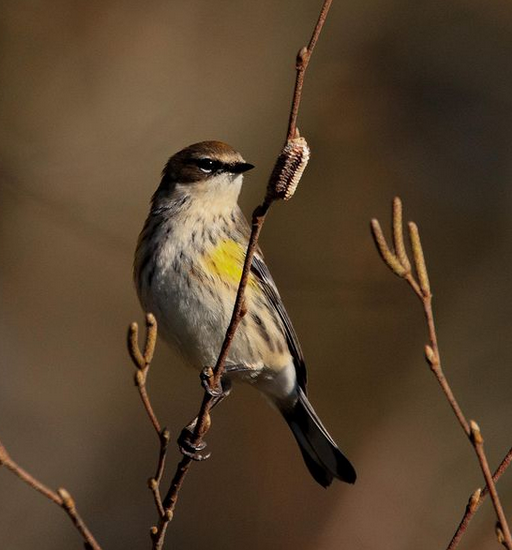A wintertime visitor to North Carolina, the Hooded Merganser is a lovely sight to see gliding across the water.
These beautiful ducks are found in many of our inland lakes, ponds, marshes and reservoirs from November to about mid-April.
I’ve seen quite a few this year in locations ranging from the Pocasin Lakes NWR to Lake Betz in Morrisville NC.
They’re so beautiful and although they are relatively common, I always take the time to stop and appreciate them whenever I’m out birding in the field.

Hooded Mergansers are a species species of diving duck with a somewhat unusual diet in that they do not eat much plant material. Instead they prefer to snack on small fish, crawfish, and aquatic insects.
In addition, they’ve got long serrated beaks which aid in the capture and consumption of their underwater prey.




I love the way we can easily pick out Hooded Mergansers in a mixed flock. The drake has a striking black head with a bright white crest, white breast, black back, and warm chestnut plumage on it’s side. The hens and immature birds are grayish brown color except for a beautiful reddish-brown crest.
These are indeed are elegant birds and are a always a treat to encounter when the weather turns cold.
Photos by @sally_siko of @birdwatching_nc on the fabulous full frame @canonusa
#5Ds



